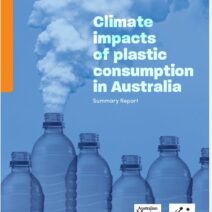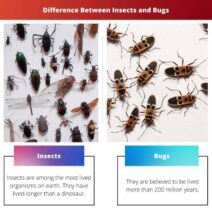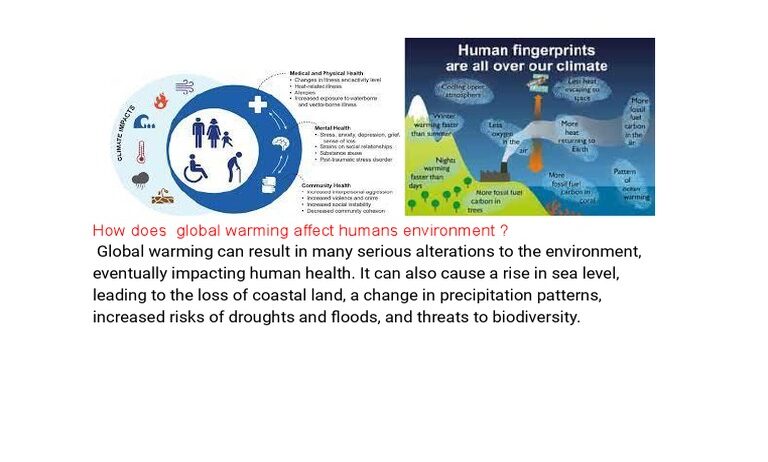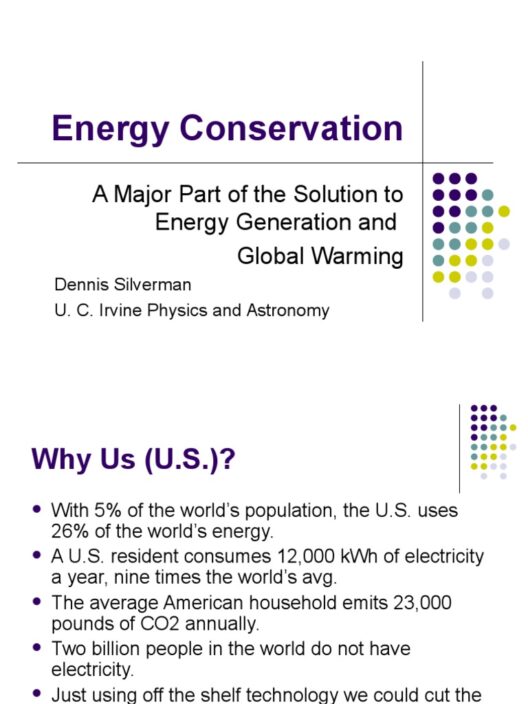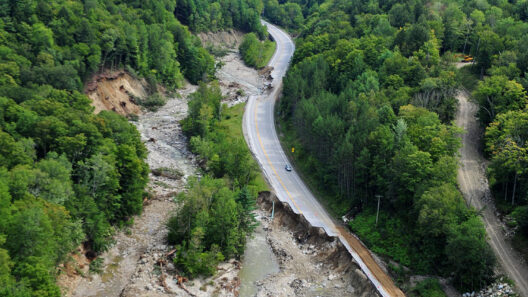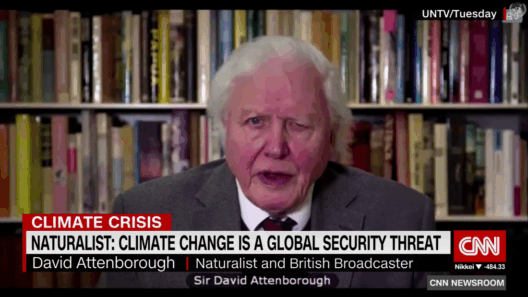Climate change and global warming are prominent issues that have permeated the global psyche. While some may question the veracity of the claims surrounding these topics, the underlying consensus among scientists paints a glaring picture: human actions are on the frontlines of these environmental crises. But how exactly do humans contribute to climate change and global warming? Could our activities be akin to playing a game with the devil? Let’s delve into the myriad ways our daily choices shape the Earth’s climate.
To begin with, one of the most significant anthropogenic factors contributing to climate change is the combustion of fossil fuels. This process not only powers our vehicles and industries but also releases an alarming volume of greenhouse gases (GHGs) into the troposphere. The most notorious of these gases include carbon dioxide (CO2) and methane (CH4), both of which have exceptional heat-trapping abilities. As they accumulate, they blanket the Earth, leading to the greenhouse effect—a pivotal mechanism driving global warming.
In the transportation sector, the proliferation of automobiles and airplanes accentuates this challenge. The convenience of personal vehicles facilitated a culture of dependency on fossil fuels. With millions of cars on the roads globally, the carbon footprint expands exponentially. Additionally, aviation contributes disproportionately to climate change, with high-altitude emissions impacting the atmosphere in diverse ways. A perplexing question arises: How can we mitigate our reliance on fossil fuels in a society that thrives on mobility?
Another prominent contributor to climate change is deforestation. Forests act as carbon sinks, absorbing CO2 and releasing oxygen. However, rampant deforestation—often fueled by agricultural expansion, logging, and urban sprawl—diminishes these vital ecosystems. When trees are cut down or burned, not only is the stored carbon released back into the atmosphere, but the natural capacity to sequester carbon diminishes dramatically. Countries across the globe face the daunting challenge of balancing development with sustainable land use practices. Are we prepared to prioritize the preservation of forests over profit?
The agricultural sector is also a significant player in the climate change narrative. Industrial farming practices often involve the heavy use of synthetic fertilizers, pesticides, and monoculture cropping, which contribute to greenhouse gas emissions. Livestock farming, specifically, is notorious for producing methane. Cows and sheep release vast amounts of this potent GHG through enteric fermentation. The challenge lies in rethinking our food systems. Can humans transition to sustainable agricultural methods while still meeting the growing food demand?
Waste management is another layer of our complex relationship with climate change. Landfills are a source of methane emissions as organic waste decomposes anaerobically. Furthermore, the production of waste—from plastic packaging to electronic goods—exacerbates resource depletion and increases emissions. With the global population rapidly expanding, re-evaluating waste management practices becomes imperative. How can we adopt a circular economy that minimizes waste and maximizes resource efficiency?
Energy production is yet another critical area where human activities contribute to climate change. The reliance on coal, oil, and natural gas to generate electricity results in significant emissions of GHGs. While renewable energy sources—such as wind, solar, and hydro—are becoming increasingly viable alternatives, the transition remains arduous. Political and economic inertia, alongside vested interests, often hinder this progress. The question persists: Are we ready to embrace sustainable energy solutions to safeguard our planet?
Moreover, the role of consumerism in climate change cannot be understated. In our modern age, the culture of ‘more is better’ prevails. The demand for new products and services fuels excessive resource extraction, manufacturing, and transportation, all of which contribute to emissions. Fast fashion, for instance, not only promotes a throwaway culture but also significantly impacts the environment through pollution and waste. How can humanity shift from a culture of excess to one of mindful consumption?
Looking towards urbanization, the rapid growth of cities presents both challenges and opportunities. Urban areas tend to be hotspots of emissions due to concentrated populations and industrial activities. However, cities also hold the potential to pave the way for innovative solutions. Sustainable urban design can foster public transport systems, green spaces, and energy-efficient buildings. This presents a unique challenge: can urban planners and governments collaborate to create eco-friendly cities that reduce our carbon footprint?
In conclusion, the contributions of humanity to climate change and global warming are multifaceted, interwoven with the very fabric of our daily lives. The enormity of the issue may seem daunting, yet the path forward is illuminated with myriad possibilities for innovation and reform. As global citizens, it is our responsibility to question our roles and commitments to the environment. Are we willing to confront the challenge posed by climate change head-on? Together, we can forge a sustainable future where coexistence with nature flourishes amidst the complexities of modern life.
